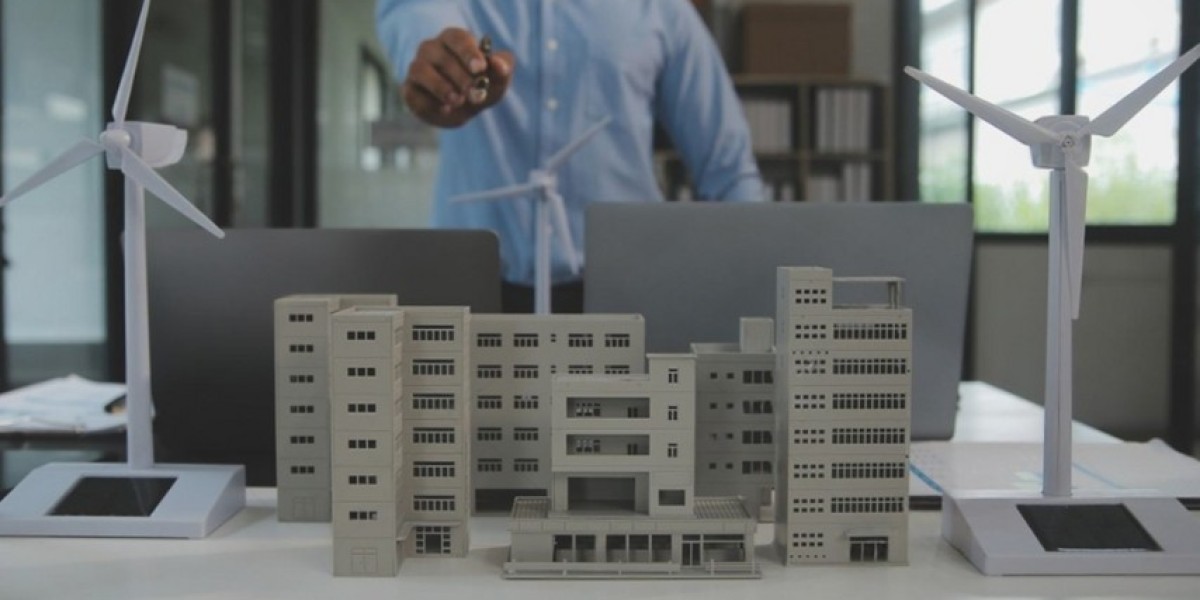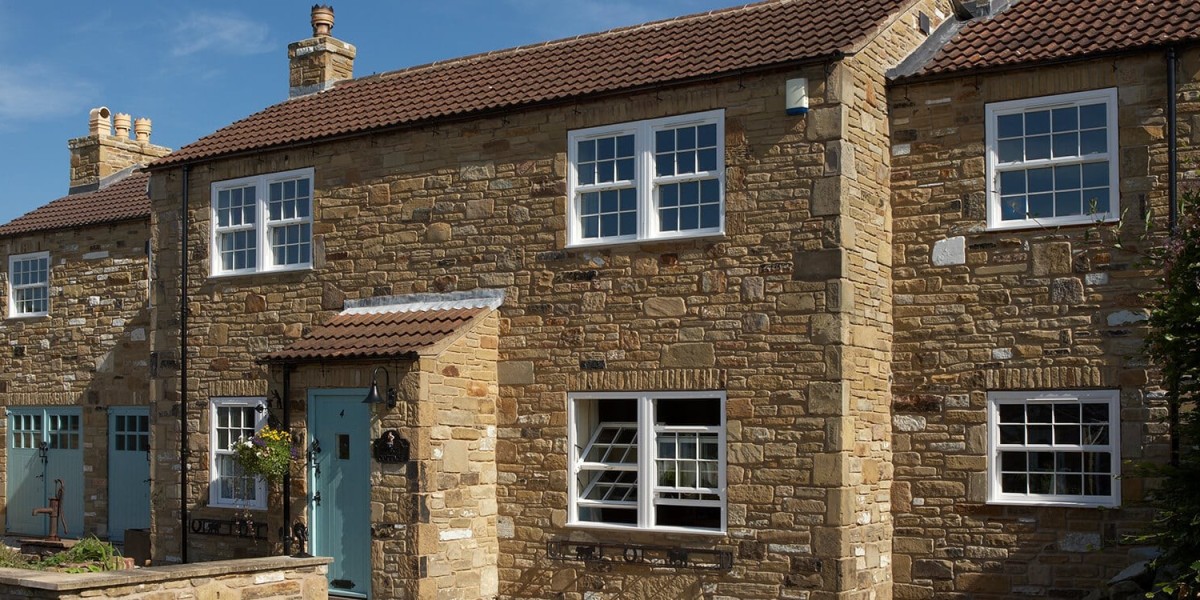In Dubai’s competitive property market, developers constantly seek innovative ways to attract and engage potential buyers. One of the biggest challenges in off-plan sales is helping clients visualize an unbuilt property. Traditionally, physical mock-up apartments have played a key role. These units give a real-world feel of size, layout, and finishes.
However, with the rise of advanced technology, a new method is gaining ground. Model making Dubai for immersive real estate VR synchronization offers a compelling alternative. It allows developers to present properties in a fully interactive and virtual environment, often reducing the reliance on costly mock-up units.
Understanding Physical Mock-Up Apartments
Physical mock-up apartments are built replicas of proposed residential units. These show units are created to give potential buyers a feel for space, materials, lighting, and ambiance. While effective, these models require significant investment.
Developers need to allocate space, use actual construction materials, and invest in interior design and staging. Additionally, they are fixed in one location and often reflect just one version of a unit type. This limits flexibility.
Introducing Model Making Dubai with VR Synchronization
Model making Dubai for immersive real estate VR synchronization combines physical architectural models with digital virtual walkthroughs. The physical model shows the entire development, including surrounding infrastructure, landscaping, and layout.
The synchronized VR experience complements this with room-by-room exploration. Clients can put on a headset and walk through any unit type, changing finishes, lighting conditions, or time of day at the touch of a button.
This hybrid approach retains the visual strength of physical models but adds the depth and flexibility of immersive VR. It becomes a powerful tool for both presentation and decision-making.
Cost Efficiency Compared to Physical Mock-Ups
Physical mock-up apartments can cost hundreds of thousands of dirhams to build. They require full-scale construction, HVAC systems, finishes, furniture, and regular maintenance. Once built, they cannot be easily changed. Any new layout or design requires building an entirely new unit.
In contrast, model making Dubai with VR synchronization is far more adaptable. Virtual mock-ups can be modified within hours. Multiple unit types can be shown in the same session. Developers save time and money. There is no need for large display spaces or full-time management staff for these units. Over time, the investment in synchronized VR pays off by replacing multiple physical displays.
Flexibility in Design and Presentation
One of the strongest advantages of VR-synced models is flexibility. Buyers can explore any floor plan or layout variation instantly. They can change wall colors, flooring materials, or furniture styles virtually. In physical mock-up apartments, this level of customization is impossible. Buyers are limited to viewing whatever version is physically constructed.
For high-end buyers in Dubai, personalization is a key selling point. Being able to walk through different design options helps them feel more in control. This boosts confidence and leads to quicker decision-making.
Accessibility for Remote Buyers
Dubai’s real estate market attracts international investors. Many of these buyers are unable to visit showrooms in person. A physical mock-up apartment only benefits those who can travel to the location. On the other hand, VR-synchronized models can be accessed remotely. Using simple VR headsets or even mobile apps, overseas buyers can tour the property from their own homes.
This accessibility gives developers a global reach. It allows agents to conduct virtual property tours without geographic limits. More buyers can view the project, even before construction begins. This widens the sales funnel and enhances buyer engagement.
Environmentally Friendly and Sustainable
Sustainability is becoming an important focus in Dubai’s property sector. Physical mock-up apartments generate construction waste. Materials like drywall, tile, wood, and lighting often end up being discarded after the unit is no longer needed. Energy consumption for lighting, air conditioning, and upkeep adds to the carbon footprint.
Model making Dubai for immersive real estate VR synchronization offers a greener alternative. Once the VR experience is developed, it can be reused indefinitely. Updates are digital, not physical. This aligns with Dubai’s broader vision for sustainability and innovation.
Improving Developer Agility
Real estate trends evolve quickly. Design standards change. Client preferences shift. Developers using traditional mock-up units struggle to keep up. Any redesign requires tearing down the old and building anew.
With synchronized VR experiences, changes can be made instantly. Developers can test multiple designs before finalizing a build. Marketing teams can present seasonal versions of the same unit. This agility helps developers stay ahead in a fast-moving market.
Enhancing Sales and Client Engagement
Buyers today expect a tech-savvy, interactive experience. Model making Dubai for immersive real estate VR synchronization meets this expectation. Clients are more engaged during presentations. They can navigate the space themselves, ask questions in real time, and try different design styles. This leads to higher satisfaction, better lead conversion, and stronger emotional attachment to the property.
Compared to static mock-up units, VR experiences feel dynamic and futuristic. This impression is important, especially for luxury developments where buyers value innovation and detail.
Conclusion
While physical mock-up apartments have been a staple in real estate marketing, the landscape is shifting. Model making Dubai for immersive real estate VR synchronization is quickly emerging as a practical and powerful alternative. It reduces cost, increases flexibility, and appeals to both local and international buyers. Developers can adapt faster, waste less, and deliver a more engaging experience.
This approach doesn’t just match what a physical mock-up offers—it surpasses it in many ways. As Dubai continues to lead in property innovation, this fusion of physical and virtual modeling will likely become the new standard for off-plan property marketing.







